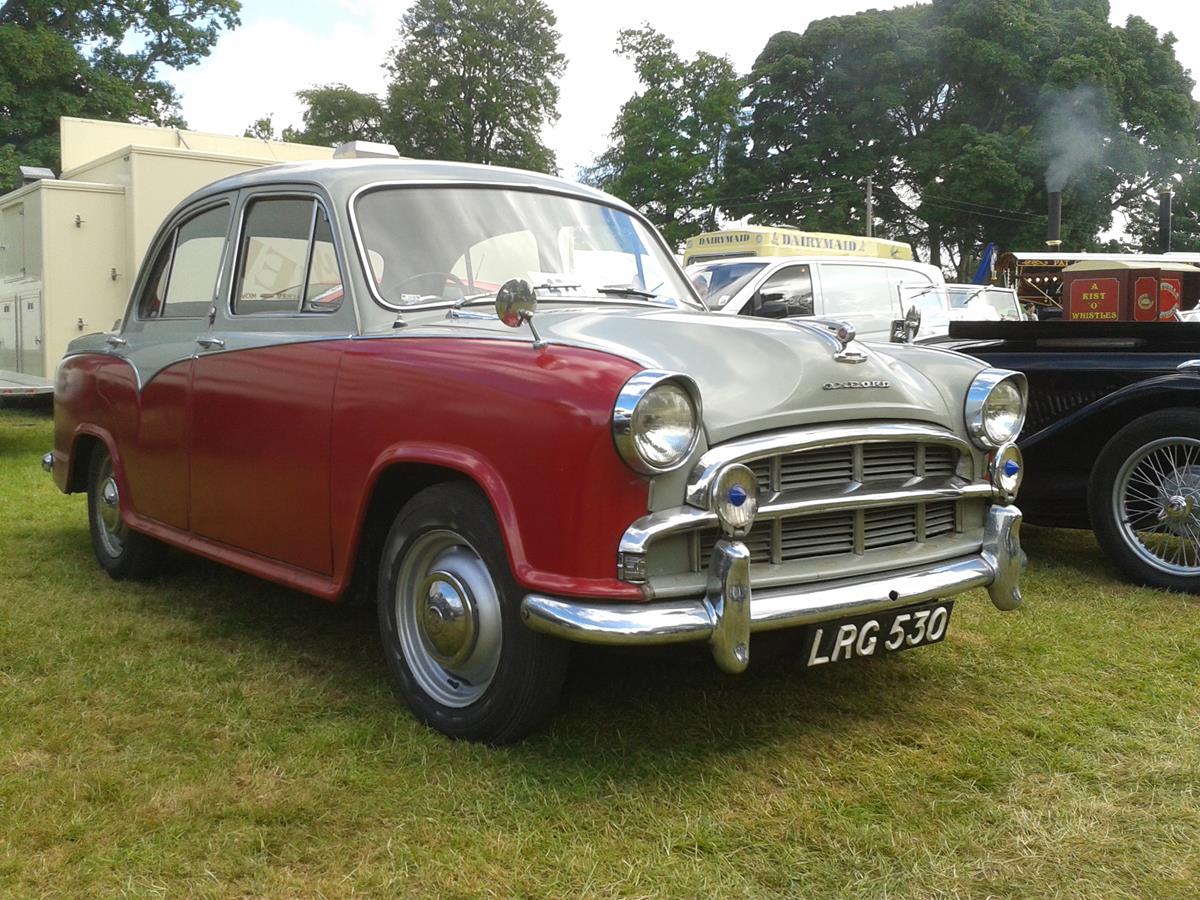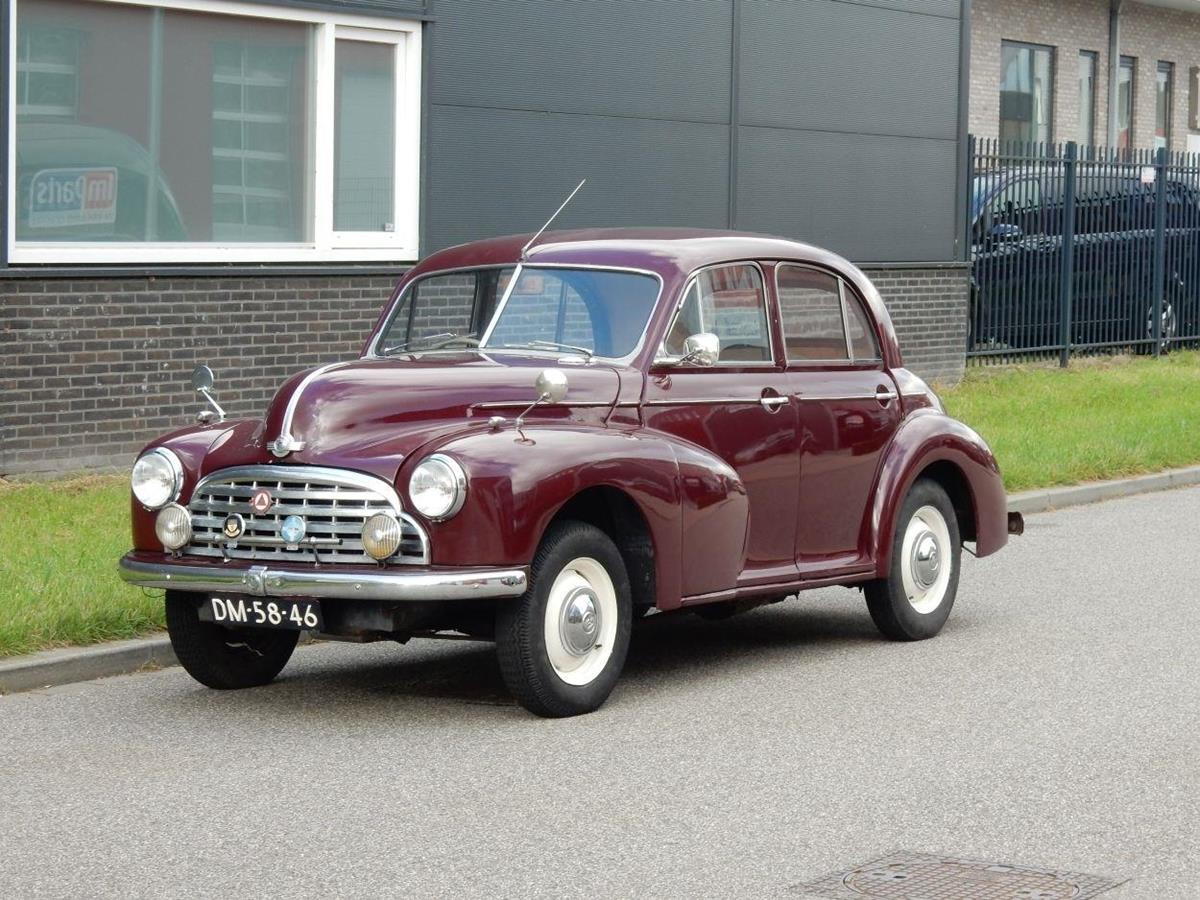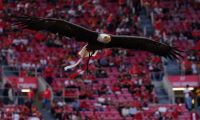
Morris Oxford was a series of car models selected by Morris from the United Kingdom, from the bullnose since 1913 to Farina Oxfords V and VI.
Named by WR Morris in honor of the city of the pinnacles of dreams, a university city in which they grew up, a manufacturing of Morris cars in Oxford transformed Oxford into an industrial city.
From 1913 to mid-1935, Oxford cars grew in size and quantity. In 1923, they with Cowley cars represented 28.1% of British production of private cars. In 1925, a Morris salesman almost doubled the number and represented 41% of British production. Research it, in Oxfords, the first 1018 cc car, new horsepower, from mandatory seats, right up to the last twenty-two horse car of 2½ liters.
The name of the authentic model was recycled in 1948 and lasted almost another 23 years until 1971, but in that period the market sector and the size of the engine remain almost constant between 1476 cc and 1622 cc.
The first car of the faith of William Morris called Oxford, in recognition of his hometown. Faith announced in The Autocar magazine in October 1912 and production started in March 1913. [2] Virtually all components were composed and assembled by Morris. It was a small car, with a 1018 cc side valve engine and four cylinders, with a fixed cylinder head from White & Poppe.
The car got its popular name, Bullnose, its distinctive round-top radiator, called a bullet nose. Most of the bodies were of the open two-seater tourer type, there was also a van version, but the chassis did not allow the assembly of four-seater bodies, it was not strong enough and very short.

Morris Oxford bullnose
It was first shown at the Olympia Motor Show, which opened on November 7, 1913. The standard model remained unchanged in production. The new luxe had a longer wheelbase of 2,300 mm (90 in) and the runway was now 1,100 mm (45 in). The range of bodies has been expanded from the simple two-seat seat. The front axle and steering have been redesigned to reduce bump-steer and increased radiator capacity.
Cowley
The American-style Continental Cowley, with most other significant components of American origin, shown to the press in April 1915, was a 50% larger engine (1495 cc versus 1018 cc), longer, wider and better equipped of this Morris Oxford with the same "Bullnose" Radiator.
The Cowley's strongest and largest construction could carry a four-passenger body.
Oxford Bullnose 1919–26
The 1919 Oxford (announced in September 1918) was assembled from locally manufactured components and now took on the much more substantial aspect of the 1915 Cowley. Longer and stronger than the old Oxford, enough to carry five passengers, the new Oxford maintained the pre-war Bullnose radiator style in its larger version. [1] Beginning in August 1919, the Cowley became the low-cost "no frills" variant, with only a 2-seater body and smaller, lighter tires. e new car's 11.9 hp 11.9-horsepower fiscal engine was manufactured under license in Coventry for Morris by a British subsidiary of Hotchkiss, the French arms company.
In 1923, the engine was expanded to 13.9 horsepower, 1802 cc. [6] This became known as the 14/28 mechanism. In 1925, he acquired a longer wheelbase chassis to keep it away from Cowley and four-wheel brakes.
This model from Oxford would be the basis of the first MG, the Super Sports 14/28.

Change from mid 1926 to flat nose
Engine 69.5 x 102 mm 2322 cc 17.97 hp straight-6 side valve [4]
A short-lived, six-cylinder, 17-hp variant, The F-Type Oxford Six, was first shown as a four-seat cabriolet at the November 1922 Olympia Motor Show.

The first open four-seater tourer was sold to Lord Redesdale. Only 50 were made and, after the initial execution, they were assembled in a special order. It remained available until 1926. The 2320 cc engine proved to be unreliable, two intense periods of vibration weakened and broke the crankshafts and few were sold.













































 LINKS E SITES IMPORTANTES
LINKS E SITES IMPORTANTES


